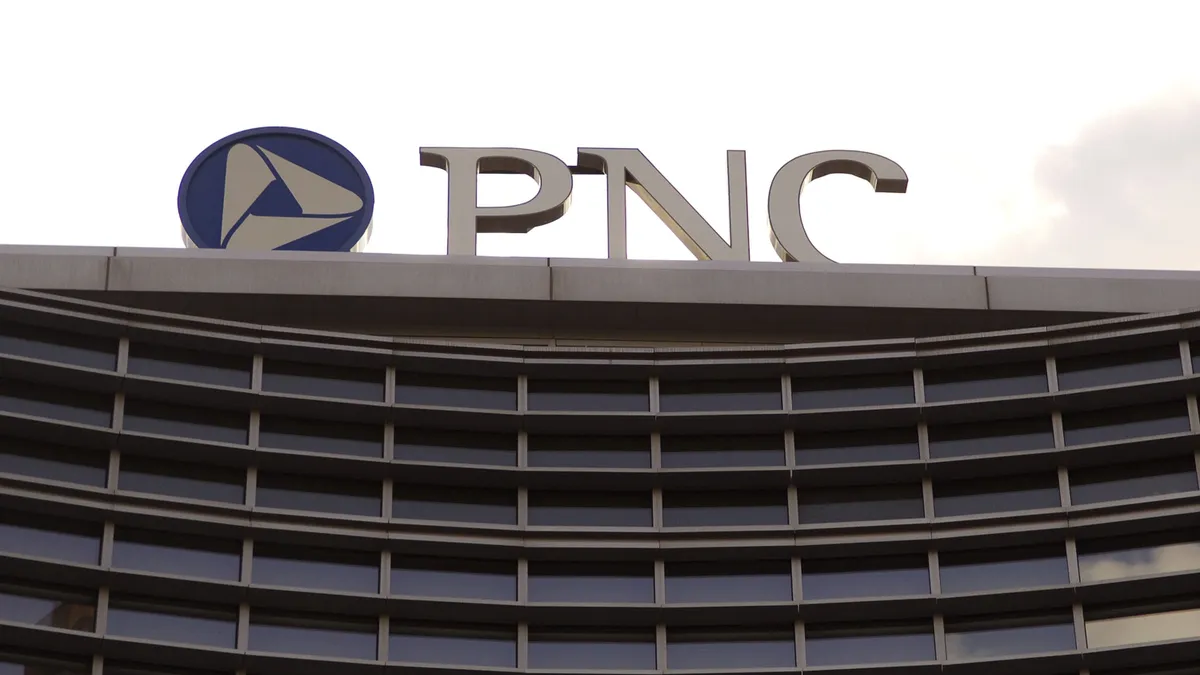The growth of online shopping during the coronavirus pandemic is adding momentum to Citizens Bank's point-of-sale lending strategy.
Consumers are increasingly warming to the idea of point-of-sale loans as alternatives to credit cards, Citizens said, helping the Providence, R.I.-based lender expand its offerings to new purchase categories. Citizens has added 5 million point-of-sale loan accounts since launching the product five years ago, said Andrew Rostami, the bank's executive vice president and head of unsecured lending and cards.
"It's turning into not just a way to pay, but it's embedding into purchasing behavior," he said. "Consumers are getting used to saying, 'While I'm going to buy a product, I want to start to think about how I'm going to pay for that product.'"
Citizens partners with online and offline retailers, but recent growth in e-commerce has helped expand the reach of its checkout loan offerings. Big-tech partnerships such as Apple iPhone financing and Microsoft’s Xbox All Access loans have helped the bank unlock new customer relationships.
During the pandemic, consumers have seen point-of-sale loans as financially responsible and transparent payment mechanisms when compared to credit cards, Rostami said. Citizens has a credit-card business, but it's not as significant as those of other industry players.
A behavior bet
Reports vary on the rate of growth for point-of-sale lending. Ally Financial CFO Jennifer La Clair cited an 18% to 20% yearly growth rate when her bank announced in August it was partnering with Mastercard's Vyze to enter the space.
Australian point-of-sale lender Afterpay, which counts nearly 10 million customers, said in July that online sales grew 46% while in-store sales volume grew by 81% year over year. Meanwhile, point-of-sale fintech Splitit said it processed more than $65 million in merchant sales volume during the second quarter of this year, growing 176% quarter over quarter and 260% year over year.
Despite that growth, new entrants like Citizens are still betting on behavioral change. Credit-card use is still ahead of point-of-sale loans, Rostami said, but the availability of point-of-sale financing is expanding — as are opportunities for the bank.
"It's not a dollar type of view of it, the actual opportunity size [is] that the awareness of these features has rapidly grown," he said.
Point-of-sale advocates have said consumers who factor the payment method into their purchase choices make bigger buys — and buy more often with merchants.
"You could say, 'I could buy that $800 television, or I could buy the $1,200 television,'" Rostami said. "Maybe you have a zero-percent [financing] offer and you're not paying interest, over 12 or maybe even 24 months, and you might say, 'That's a better quality television and I’ve got great financing terms, so I’m going to go and make that purchase.'"
The advantage of being a bank
More than one-third (36%) of consumers have shopped online weekly since the pandemic took hold, marketing technology firm Selligent found in a July survey. That's up eight percentage points from pre-COVID times.
The surge in activity among fintech point-of-sale lenders adds competitive pressure, but Citizens said it differentiates itself by focusing on financing for higher-priced products.
"The fact that we've got a balance sheet provides us a lot more competitiveness in going after those kinds of medium- and large-ticket items," Rostami said.
The bank also offers merchants flexibility with product design and pricing for borrowers. Rostami said Citizens lets brand partners offer their customers a 0% annual percentage rate or APR-based financing. Citizens' tools also allow its partners' customers to make multiple purchases on a single line of credit.
Electronics, home improvement and home goods, fitness and outdoor equipment, and educational products have been among the highest-demand product categories during the pandemic. The bank is looking to expand to new areas, such as medical expenses, Rostami added.
Banks can offer attractive terms to customers because they can lend on their balance sheet and have strong underwriting capabilities, said Meidad Sharon, CEO of point-of-sale technology provider ChargeAfter.
"In general, banks are very good at underwriting, giving [customers] good terms because they are also getting consumer deposits, so their cost of funds is on the lower side — much lower than fintech players," he said.
It's yet to be seen whether the point-of-sale model can withstand the fallout from an economic crisis, analysts said.
"The risk in all this is the balance sheet side of this," said Bryce VanDiver, a partner at Capco. "So while those loans, on a stand-alone basis, probably are not super risky — in aggregate, what is the outstanding liability?"
Rostami said point-of-sale lending's potential as a loyalty driver may make it worth the risk.
"It's not just about our brand, it's about powering the merchant," he said. "It's not just a way to pay at checkout; we're fundamentally helping them create a new value proposition altogether."





















